This is the season when most major wine retailers set out their stall to show the world the main features of their Spring and Summer Lists.
I have already written about the wines Morrisons will be selling this summer and will shortly do so for the Co-op and Asda but, today, it is the turn of Sainsbury’s.
Thus the focus will change for a few posts to look across each retailer’s full range rather than just current promotions.
I hope you find the resulting recommendations really helpful.
Also featured today are the customary Best of the Rest and Sunset Corner (about a brief promotion of sparkling wine at Waitrose).
Our Top Tip is about port from a member of one of the “Royal Families of Port”.
Where they are available, use the pictures next to the description of a wine to help you find it quickly on a crowded display.
Magic Bullet

Saint Chinian is not only one of the oldest Languedoc wine regions but geology also helps make its wines some of the most distinctive – a claim given considerable credence by this impressive example.
With 20% grenache added to the 80% syrah 2016 Taste the Difference Saint Chinian Syrah Grenache (£9 at Sainsbury’s and 14% abv) delivers well defined raspberry and plum fruit with bold acidity; limited tannin, hints of menthol and chocolate plus a concluding twist of graphite.
Not straying very far

Two hundred kilometres north west from our last wine area takes us to Cahors – malbec capital of France – to wine that, in this case, is softened by a 10% contribution from merlot.
Intense and clear cut, 2016 Taste the Difference Chateau les Bouysses Cahors Malbec (£13 and 13.5%) has cherry and loganberry fruit, clove and milk chocolate depth, gentle tannin but good acidity to keep things lively.
Switching to Whites
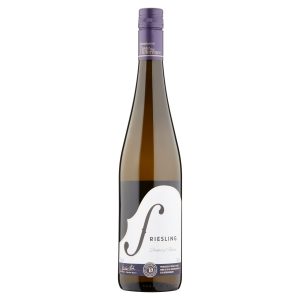
Although we tend automatically to link Austria’s Danube river with gruner veltliner, this is also riesling country and here is a beautifully dry example of that variety that shows just how good versions from hereabouts can be.
Fresh and clean 2018 Taste the Difference Austrian Riesling (£8.75 and 12.5%) has delightfully subtle yet unmistakeable lime acidity to underpin its equally attractive textured green apple fruit.
Impressively complex sauvignon blanc
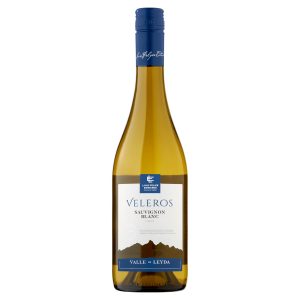
This newcomer to Sainsbury’s brings us sauvignon from Chile’s Leyda Valley which is even closer to the Pacific (and its important climatic influences) than Casablanca and – hence – ideal for quality sauvignon blanc.
I loved the nippy grapefruit acidity and sweet edged viscosity in 2018 Veleros Leyda Sauvignon Blanc (£10 and 12.5%) that neatly supplement its fragrant peach and gooseberry fruit and accompanying herbal influences.
Now for Italy
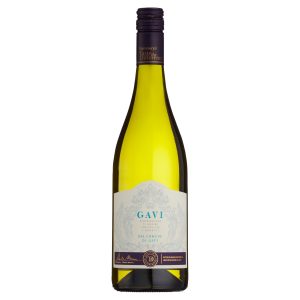
Piedmont’s principal white grape, cortese, is famed for its combination of delicacy yet distinctiveness and of all the 13 communes allowed to use the name Gavi, the most prized wines are from the township itself – and (logically) labelled Gavi di Gavi.
Without forsaking any of that classic delicacy 2018 Taste the Difference Gavi di Gavi (£12 and 12.5%) still brings us a textured grapefruit core enlivened by good acidity but supplemented by suggestions of herbs and of savoury spices.
Finally to fizz

I was impressed by the quality of two Taste the Difference champagnes – which are both under £20 and terrific value for money at that price point – but finally opted for the Blanc de Noir made entirely from the black skinned pinot noir (40%) and meunier (60%).
Despite the appreciable charms of Taste the Difference Brut Champagne (£18) my vote went to Taste the Difference Blanc de Noirs Brut Champagne (£21 and 12%) with its rounded apple and lemon fruit, nippy acidity and biscuit centred depth.
Budget Options
Anyone looking for inexpensive alternatives to the chosen wines, should find all of these to be decent bottles at pretty fair prices – and wines that will sometimes be on promotion:
- 2018 Sullivan’s Creek Merlot (£5.25)
- 2018 Taste the Difference Fronton Negrette Rosé (£7)
- 2018 Taste the Difference Pecorino (£7)
BEST OF THE REST
Lively pinot grigio
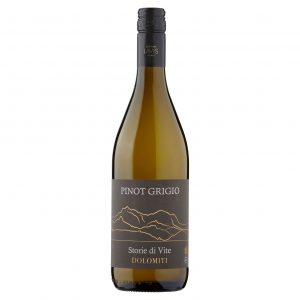
Reflecting the problems with our currency, I had to dig a little deeper to find a pinot grigio I could recommend but did enjoy this nicely configured version form Trentino that is on offer at Waitrose at present.
With lime based freshness and greengage texture 2017 LaVis Storie di Vite Pinot Grigio (£6.49 – instead of £9.79 until 11 June – at Waitrose and 12%) also has soft, floral, pear and pink grapefruit flavours supplemented by a hint of spice and some apple peel crispness.
Great value malbec
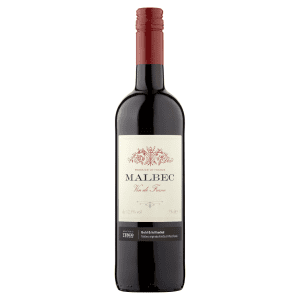
Today’s main feature talks about malbec from France rather than Argentina and here is a very keenly priced version to provide a pretty good idea of what it is all about.
Enjoy then the unoaked Tesco Comté Tolosan Malbec (£5 at Tesco and 12.5%) with soft plum and raspberry fruit, good acidity, gentle tannin supported by herb and chocolate depth.
SUNSET CORNER
Today’s Sunset Corner also involves a sunrise too because it starts this morning – and runs through until Tuesday 11 June 2019.
During that period, Waitrose & Partners customers outside Scotland (and motorway service areas or petrol stations) will find appreciable savings across its extensive range of sparkling wines.
The offer is available when shopping in branch, on waitrosecellar.com or online at waitrose.com with a grocery delivery via, for example, Click and Collect or other delivery arrangements.
Minimum spend and other charges may apply to online activity so do check carefully before placing an order.
To give you a bit of a steer, Becky Hull MW, Waitrose & Partners sparkling wine buyer even adds product numbers when telling us that her top ten favourites are:
- 574077 Chiarli Vecchia Modena Pignoletto, Italy £9.99 to £7.49 – save 25%
- 448775 La Gioiosa et Amorosa Rosea Spumante, Italy £9.99 to £7.99 – save 20%
- 723987 Cava L’Atzar Brut Reserva, Spain £10.99 to £7.99 – save 25%
- 83927 Cave de Lugny Sparkling Burgundy Blanc de Blancs Brut Crémant de Bourgogne, France £13.99 to £10.49 – save 25%
- 830327 Camel Valley Pinot Noir Rosé Brut, Cornwall £29.99 to £25.99 – save £4
- 480557 Bird in Hand Sparkling Pinot Noir, Adelaide Hills, Australia £15.99 to £11.99 – save 25%
- 867849 Nicolas Feuillatte Vintage Champagne £32.00 to £24.00 – save 25%
- 83835 Veuve Clicquot Ponsardin Brut Champagne £42.00 to £31.50 – save 25%
- 563721 Pol Roger Vintage Champagne £75.00 to £55.99 – save 25%
- 17830 Louis Roederer Cristal £180.00 to £150.00 – save £30
Adding to those, I would also say look out for possible reductions on three
other English wines (besides that Camel Valley Rosé):
- Chapel Down Classic Brut (normally priced at £27)
- Nyetimber Classic Cuvée (normally priced at £19.99), and
- Bride Valley Blanc de Blancs (normally priced at £38).
All have impressed me as especially good.
Remember though that all these wines are “subject to availability” and prices may vary. As usual, these details are for information and, unlike the three listed English wines and commendations elsewhere on this site, are not necessarily endorsements for the products.
TOP TIP
Tip: For especially good value, seek out Single Quinta Vintage Ports.
Counter intuitively, Single Quinta Vintage Ports are often available at lower prices than those classic and aristocratic Vintage Ports we British have luxuriated in for centuries now.

I asked Anthony Symington – of the world famous Symington family that produces Graham’s, Cockburn’s, Dow’s and Warre’s ports – why that is so.
Here, he spells out the differences and gives some fascinating insights into the current world of port.
Single Quinta Ports
“Like the great wines from the top estates in Bordeaux, Single Quinta Vintage Port is made from the grapes of a single harvest and from an individual estate, or Quinta in Portuguese.
Single Quinta Vintage Ports are in fact produced and bottled in the same way as Vintage Ports – the finest wines from the best vineyards are aged in wood for two years then bottled unfiltered – but they are made in years which are not declared as “Vintages”.
Such is their quality, however, that these are the very same wines used to make Vintage Port when a vintage year is declared.
Most Single Quinta Ports are ready to drink about eight to ten years after the harvest and many Port shippers do not sell them until they are considered ready.
At Symingtons, we have invested hugely in the quality of our viticulture and winemaking processes meaning that we are producing some of the best ports and wines we have ever made.

Given the control and understanding we have over every stage of the process (owning all of our own vineyards, whilst many producers still buy from third parties), we are able to produce at least some Vintage quality port in almost every year, barring the absolute worst.
However, we believe that the tradition of only declaring in the absolute very best years is worth continuing.
This is great news for Port lovers because it means the overall quality standards have moved up…. and we believe that today Single Quinta Vintage Ports are an incredible purchase, offering stunning value and quality.
Vintage Port
These very special Ports are made only from the finest wines from the top estates in the prime Cima Corgo and Douro Superior vineyards and only from vintages which are deemed so exceptional that a Vintage year is declared by the Port shippers.
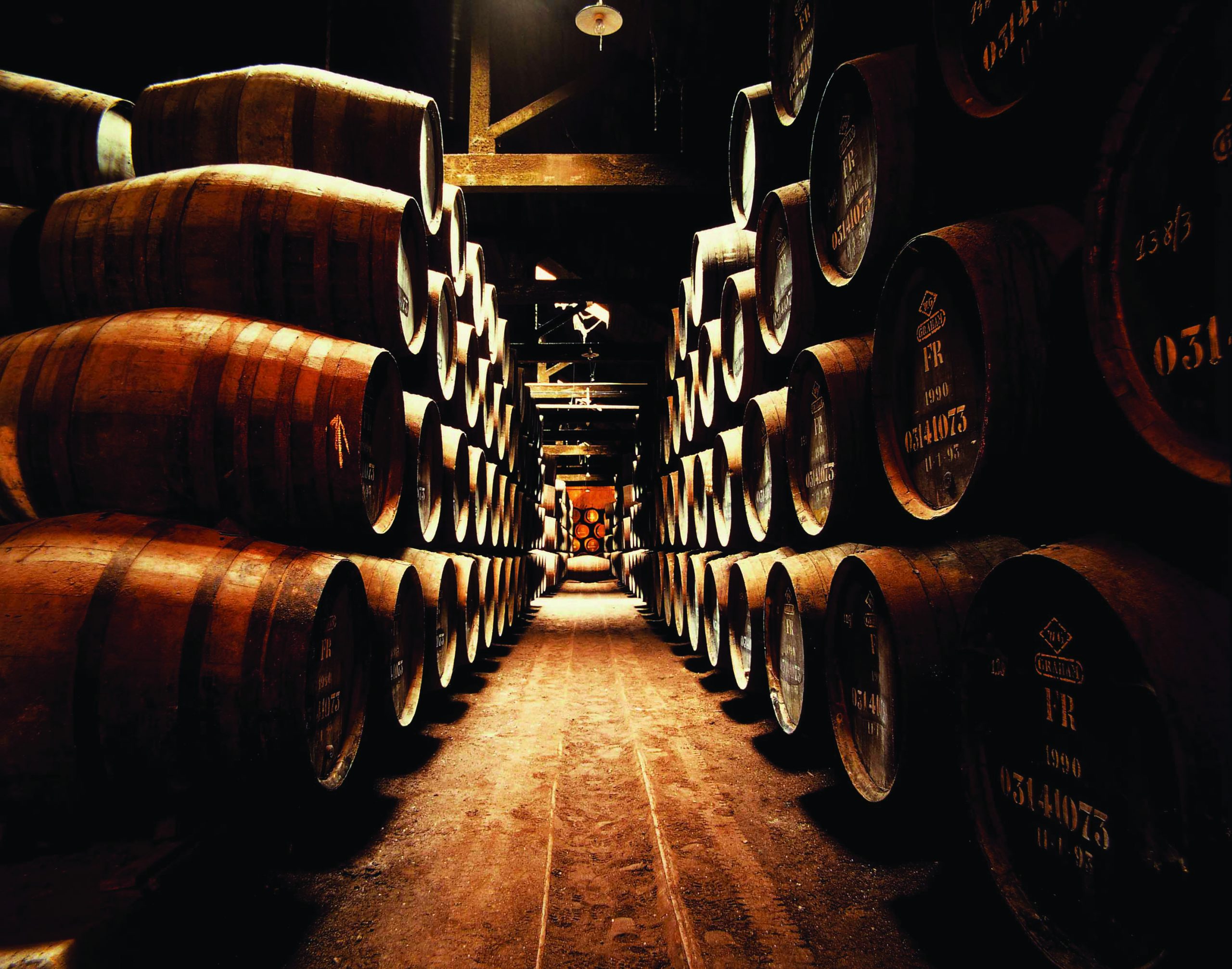
They are the pinnacle of Port quality.
Vintage Ports are bottled unfiltered after two years and they continue to mature for years – many will continue to improve for 40 years or more.
Vintage Ports begin life a vibrant purple colour but this softens with age as they gain in complexity.

Expect explosively perfumed aromas of dark, ripe fruit with a rich, concentrated, full-bodied palate and long, intense finish.
These wines should be stored lying down and decanted before serving.
In recent years the most widely declared vintages have been 2000, 2003, 2007, 2011, 2016 and most recently 2017”.








